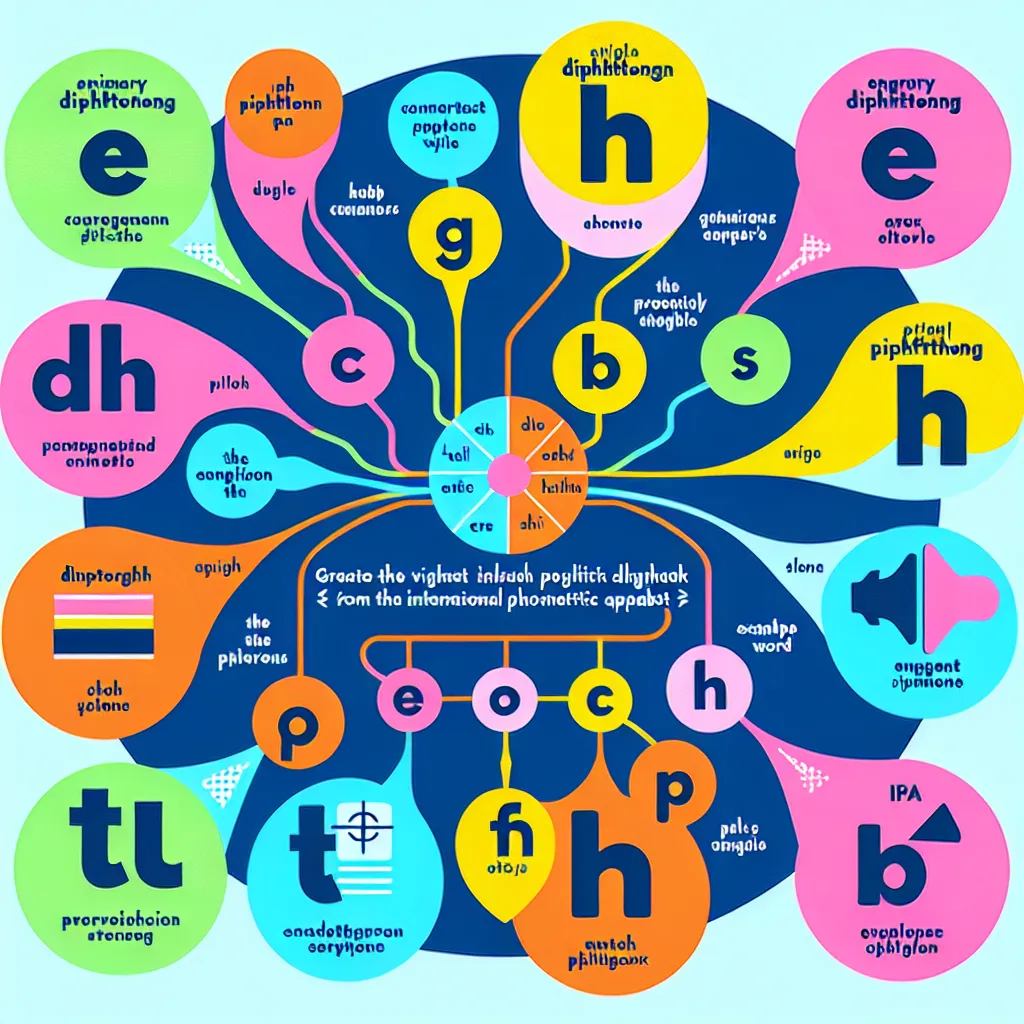Mastering English pronunciation can be a challenging yet rewarding journey. One effective technique that language learners and teachers alike swear by is the use of minimal pairs. This method is not only powerful but also engaging, making it an essential tool in your English pronunciation arsenal. In this comprehensive guide, we’ll explore How To Use Minimal Pairs For Pronunciation, providing you with practical tips and strategies to enhance your speaking skills.
What Are Minimal Pairs and Why Are They Important?
Minimal pairs are sets of words that differ in only one sound, typically in the same position within the word. For example, “pat” and “bat” form a minimal pair, as do “ship” and “sheep”. These pairs are crucial for several reasons:
- They highlight subtle differences in sounds that non-native speakers might struggle to distinguish.
- They help learners focus on specific phonemes (individual sounds) that are problematic in their language learning journey.
- They provide a structured way to practice and improve pronunciation accuracy.
Understanding and mastering minimal pairs can significantly enhance your ability to perceive and produce English sounds accurately, leading to clearer, more native-like pronunciation.
 Minimal Pairs Illustration
Minimal Pairs Illustration
How to Use Minimal Pairs Effectively
1. Identify Problematic Sounds
The first step in using minimal pairs is to identify the sounds you find challenging. This often depends on your native language. For instance:
- Japanese speakers might struggle with the ‘l’ and ‘r’ sounds (e.g., “light” vs. “right”)
- Spanish speakers might have difficulty with ‘b’ and ‘v’ sounds (e.g., “berry” vs. “very”)
- Arabic speakers might find the ‘p’ and ‘b’ distinction tricky (e.g., “pat” vs. “bat”)
2. Create or Find Minimal Pair Lists
Once you’ve identified your problem areas, create or find lists of minimal pairs focusing on those specific sounds. Here are some examples:
- For ‘l’ and ‘r’: light/right, glass/grass, led/red
- For ‘b’ and ‘v’: berry/very, ban/van, boat/vote
- For ‘p’ and ‘b’: pat/bat, pin/bin, pet/bet
You can find extensive lists online or in pronunciation textbooks. Websites like English Pronunciation Tips often provide valuable resources for this purpose.
3. Listen and Discriminate
Start by listening to the minimal pairs pronounced by native speakers. This could be through:
- Audio resources from language learning websites
- Pronunciation apps with native speaker recordings
- YouTube videos focusing on minimal pair practice
Try to identify which word you’re hearing without looking at the text. This trains your ear to recognize the subtle differences between similar sounds.
4. Practice Production
After you’ve trained your ear, it’s time to practice producing the sounds:
- Start with individual sounds, focusing on mouth position and airflow.
- Move on to pronouncing the minimal pairs, exaggerating the differences at first.
- Gradually make the pronunciation more natural as you become comfortable with the distinctions.
Remember, practice makes perfect. Regular, focused practice sessions are key to improving your pronunciation.
5. Use Contextual Sentences
Once you’re comfortable with isolated words, practice using minimal pairs in sentences. This helps you apply the skill in real-world contexts. For example:
- “I need a light to read at night.”
- “Turn right at the traffic light.”
This approach helps you improve English pronunciation quickly by integrating the sounds into natural speech patterns.
Advanced Techniques for Minimal Pair Practice
1. Record Yourself
Recording your pronunciation attempts and comparing them to native speaker recordings can be incredibly insightful. This method allows you to:
- Hear your pronunciation objectively
- Track your progress over time
- Identify specific areas that need more work
2. Use Minimal Pair Games
Turn your practice into a game to make it more engaging:
- Minimal pair bingo
- Memory games with minimal pair cards
- Online quizzes and apps designed for minimal pair practice
These games not only make learning fun but also help reinforce the distinctions between similar sounds.
3. Incorporate Tongue Twisters
Tongue twisters that incorporate minimal pairs can be a challenging but effective way to practice. For example:
- “She sells seashells by the seashore” (focusing on the ‘s’ and ‘sh’ sounds)
- “Red lorry, yellow lorry” (focusing on the ‘r’ and ‘l’ sounds)
This method combines the benefits of minimal pairs with the added challenge of rapid speech, helping you to improve your English through mimicry.
Common Mistakes to Avoid
When using minimal pairs for pronunciation practice, be aware of these common pitfalls:
- Overemphasis: While it’s good to exaggerate differences initially, don’t maintain this in normal speech.
- Ignoring Context: Remember that pronunciation can change slightly in connected speech. Practice minimal pairs in isolation and in sentences.
- Neglecting Stress and Intonation: While focusing on individual sounds, don’t forget the importance of stress and intonation in English.
- Inconsistent Practice: Regular, short practice sessions are more effective than occasional long ones.
The Phonemic Chart and Commonly Mispronounced Words
Understanding the International Phonetic Alphabet (IPA) and the English Phonemic Chart can greatly enhance your minimal pair practice. Here’s a brief overview of the English Phonemic Chart:
[Vowels]
/iː/ as in “sheep”
/ɪ/ as in “ship”
/e/ as in “bed”
/æ/ as in “cat”
/ʌ/ as in “cup”
/ɑː/ as in “car”
/ɒ/ as in “hot”
/ɔː/ as in “door”
/ʊ/ as in “book”
/uː/ as in “food”
/ə/ as in “about”
/ɜː/ as in “bird”
[Consonants]
/p/ as in “pen”
/b/ as in “bad”
/t/ as in “tea”
/d/ as in “did”
/k/ as in “cat”
/g/ as in “got”
/f/ as in “food”
/v/ as in “voice”
/θ/ as in “think”
/ð/ as in “this”
/s/ as in “sun”
/z/ as in “zoo”
/ʃ/ as in “she”
/ʒ/ as in “measure”
/h/ as in “hot”
/tʃ/ as in “chair”
/dʒ/ as in “job”
/m/ as in “man”
/n/ as in “no”
/ŋ/ as in “sing”
/l/ as in “leg”
/r/ as in “red”
/j/ as in “yes”
/w/ as in “wet”
Here are 10 commonly mispronounced English words related to minimal pairs, along with their correct pronunciations:
- “Clothes” – /kləʊðz/ (not /kləʊz/)
- “Sixth” – /sɪksθ/ (not /sɪkθ/)
- “Comfortable” – /ˈkʌmftəbl/ (not /ˈkʌmfətəbl/)
- “Thorough” – /ˈθʌrə/ (not /ˈθɒrəʊ/)
- “Rhythm” – /ˈrɪðəm/ (not /ˈrɪθəm/)
- “Cough” – /kɒf/ (not /kəʊf/)
- “Sauce” – /sɔːs/ (not /sɔːz/)
- “Heir” – /eə/ (not /heə/)
- “Queue” – /kjuː/ (not /kwewe/)
- “Colonel” – /ˈkɜːnl/ (not /ˈkɒlənel/)
Practice these words using minimal pairs to improve your pronunciation accuracy.
Conclusion
Mastering the use of minimal pairs for pronunciation is a powerful technique that can significantly enhance your English speaking skills. By focusing on subtle sound differences, you can train your ear and mouth to perceive and produce English phonemes more accurately. Remember to practice regularly, use a variety of methods, and be patient with your progress. With consistent effort, you’ll notice substantial improvements in your pronunciation clarity and overall English fluency.
We encourage you to share your experiences with minimal pair practice in the comments below. For more tips on improving your English skills, check out our articles on English speaking practice tips and English listening tips. Happy learning!




